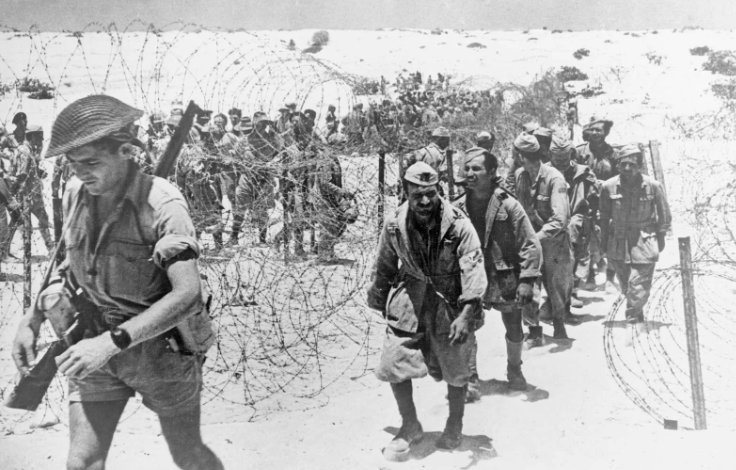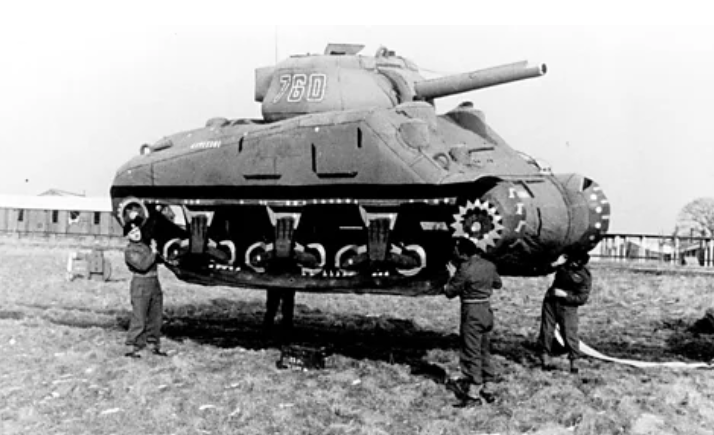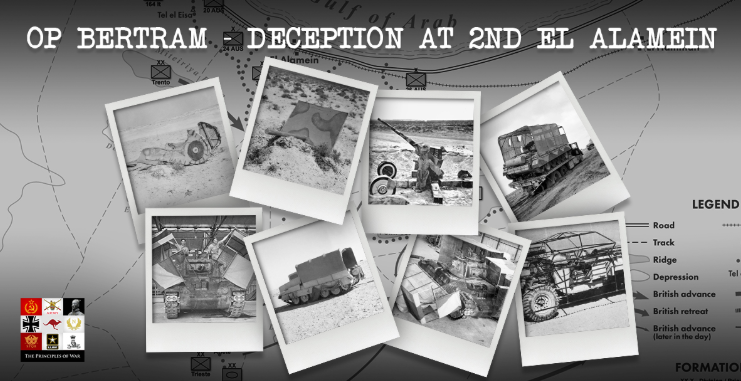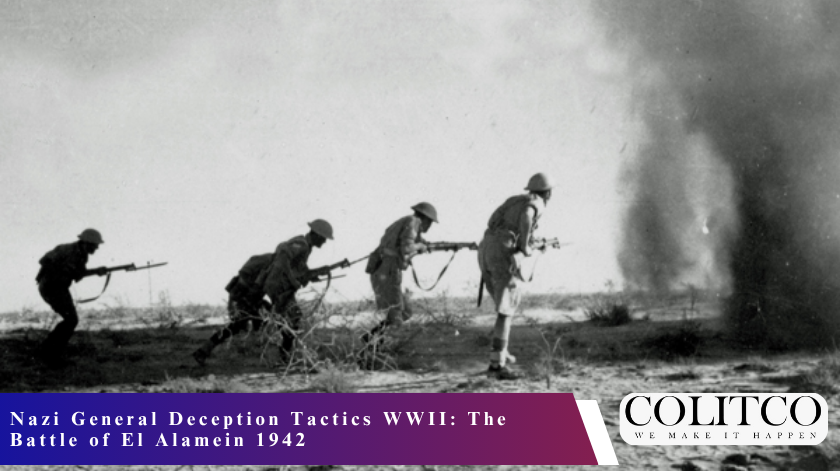The Battle of El Alamein in 1942 is considered to be one of the most decisive battles of World War II. The whole world saw it as a strong demonstration of the usage of strategy, intelligence, and even deceit.
German generals applied Nazi general deception tactics in WWII that were meant to disorient and throw the Allied forces off their intended course. By this, they thought to take the lead in the North African region. These deceptions were indeed very influential in determining the Battle of El Alamein in 1942 significance and outcome.

The Battle of El Alamein in 1942 showcased strategy, intelligence, and deceit.
What Was the Battle of El Alamein?
The battle was fought between October 23 and November 11, 1942, in the Western Desert of Egypt. The Allied forces under the command of British General Bernard Montgomery were opposed to the German-Italian Panzer Army under Field Marshal Erwin Rommel.
The Axis army was moving toward Egypt and thus putting the Suez Canal at risk. The victory at El Alamein not only stopped the Axis advance but also turned the battle into a decisive moment in the North African campaign. The Battle of El Alamein in 1942 is remembered as a key example of World War II battle illusions and strategic deception in warfare.
How Did Nazi Generals Use Deception?
Nazi generals were experts in the field of psychological and tactical deception. They resorted to the use of methods like false radio transmissions, dummy tanks, and fake artillery positions.
The intention behind these methods was to keep the Allies in the dark as to the Axis troop movements and intentions. Retreats simulated and misdirection carried out confused the system of the battlefield.
By forcing the Allies to miscalculate their moves, Axis forces managed to gain time for the reinforcement of their positions. These techniques are now regarded as classic examples of Nazi general deception tactics WWII and World War II battle illusions.

Nazi generals used deception with fake tanks, radios, artillery, and misdirection.
What Was Operation Bertram?
Operation Bertram was the most important Allied strategy in the counter-deception field. The main point of this strategy was to provide wrong information to Rommel regarding the main attack.
The Allies made fake supply depots and even placed dummy tanks south of El Alamein. The Axis took for granted that the main attack would take place in this area. In fact, Montgomery had very strong troops in a different place.
The trickery enabled the Allies to get the upper hand. It greatly affected the battle’s victory and, at the same time, proved the potency of lies in warfare. Operation Bertram is now studied as a classic example of World War II battle illusions.
Why Is the Battle Significant?
The El Alamein battle of 1942 has become a turning point in the North African campaign due to its following significance:
- The defeat not only brought the Allies but also stopped Rommel’s super-fast war machine.
- The base of the Allies was the Suez Canal, which was saved by the defeat of the Axis forces.
- Allied forces were greatly encouraged by this success, and international support was even heightened.
The usage of Nazi general deception tactics, WWII, along with traditional military tactics, was the key force in achieving all these outcomes. The Battle of El Alamein 1942 significance is highlighted by the effective use of World War II battle illusions.

Nazi general deception tactics, WWII, and military strategy ensured El Alamein’s success.
How Did Deception Influence the Outcome?
Deceit was an indirect but significant factor in the success of the battle. The stratagems of the Allies involved misleading Rommel to the extent that he failed to realise the actual location and strength of the forces. This situation was much favourable for Montgomery, who was able to start a perfectly coordinated offensive.
The dummy tanks and the fake artillery positions occupied the attention of the Axis troops. Thus, the Allied forces could operate with a good strategic advantage. The battle proved that warfare, intelligence, and Nazi general deception tactics in WWII could be decisive in changing the outcome of combat.
What Lessons Were Learned?
At El Alamein, the use of psychological warfare was able to tip the scales in favour of the conventional military. Deception of this magnitude needed to be done through perfect coordination, discipline, and meticulous planning.
Moreover, intelligence gathering became a prime factor in the war for both sides. The victory of deceptive operations had a say in future Allied campaigns, one of which was D-Day. The study of World War II battle illusions gives a glimpse of the principles of modern warfare.
Also Read: Why the Aussie Dollar vs British Pound Battle Could Define 2025 Forex Markets
FAQs
Q1: What role did Australian troops play in the battle?
The contribution of the Australian forces in the 9th Division was considerable for the first landing; they were managing the Axis troops.
Q2: Did Rommel foresee the Allied attack?
No. The Allied disinformation made it appear so that Rommel was completely misled, and when the main offensive came, it was a surprise.
Q3: What impact did deception tactics exert on the warfare of World War II in general?
They resulted in confusion, longer enemy reactions, and gaining of the upper hand in several operations.
Q4: Were there any other deceptions from the WWII period that were of the same magnitude?
Operations like Fortitude, which misled the Germans about D-Day, were accentuated by the triumphs of Nazi general deception tactics in WWII.












